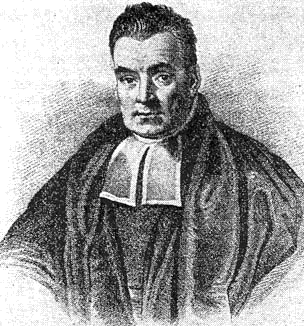Advanced Statistical Methods
Bayesian Statistics
Preface

The aim of this course is to give you an introduction to Bayesian statistics. It is by no means intended to be an exhaustive course, so at the end of it, there will still be a lot for you to learn. However, I do hope that at the end of this workshop you’ll have a better understanding of Bayesian statistics, how it differs from Frequentist approaches, and how to incorporate some Bayesian methods into your research.
In this course we’ll primarily focus Bayesian hypothesis testing using Bayes factors. We’ll also discuss how Bayesian hypothesis testing differs from Null-hypothesis significance testing. Bayesian hypothesis testing with Bayes factors is just one of many approaches that could fall under the heading on Bayesian statistics. Other approaches would include things like Bayesian paramter estimation, and Bayesian regression modelling. These other approaches are definitely worth learning, but there simply aren’t within the scope of this short workshop.
How to use this book
You can read through this book just like you would read through any course notes. However, you’re get the most out of it if you work along with the code. To work along with the code click on one of the two badges that appear at the start of each chapter.
The first badge will allow you to download the RMarkdown file that contains all the code for the examples. You’ll be able to load this up in RStudio.
The second badge will allow you to open the chapter in Google Colab. The interface for Google Colab is similar to an RMardown document in that it will contain code and text. However, you won’t need R installed and you’ll be able to work with the file directly in your web browser. If you make any changes to the document then you’ll be able to save these directly in you Google Drive account. You’ll just need to login with a GMail account.
Outline
In the first part of this course will be a refresher on frequentist methods. In particular, we’ll talk about the sampling distribution, where it comes from, and how we do inference with it. Following this, we’ll cover some of the features of sampling distributions that have been criticised by Bayesian. From the sampling distribution, we’ll move on to likelihoods. We’ll see that likelihoods don’t suffer from some of the problems of sampling distributions, and we’ll see how to do inference with likelihoods.
Finally, we’ll learn how to compute and interpret Bayes factors, and we’ll learn about some of the considerations that go into specifying models for Bayes factors.
